Hoco 2x18W PD car Z20A
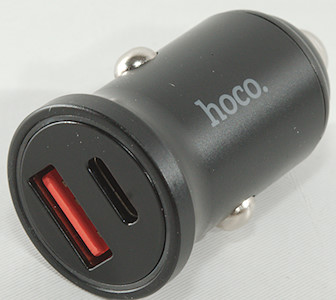
Official specifications:
- Input: DC12-24V
- Output: Type-C: DC5V / 3.0A (PD), DC9V / 2.0A (PD), DC12.0V / 1.5A (PD), 18W;
- USB Output: QC3.0 (3.6-6.5V / 2.4A 6.5-9V / 2A 9-12V / 1.5A)
- Flame retardant PC material + zinc alloy shell, durable
- 18W PD output + QC3.0 dual output total power 36W, fully meet The charging needs
- Multiple circuit protection, compatible with PD input mobile phone/ tablet / PD input some of notebooks and QC3.0 / QC2.0 digital Devices
I got it from Aliexpress dealer: BYKRSEN Store


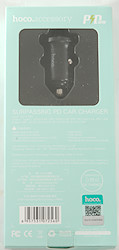

The box only contained the charger, no instruction sheet or usb cable.
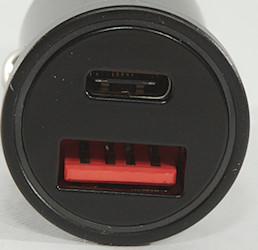
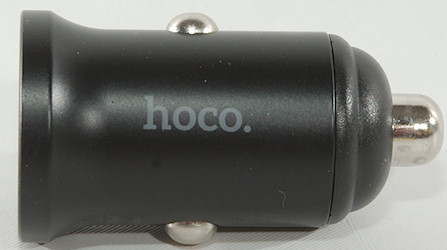
There is a ring around the connectors, it has a weak blue light behind it.

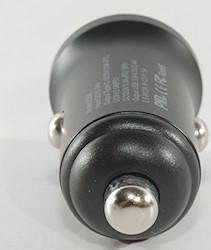
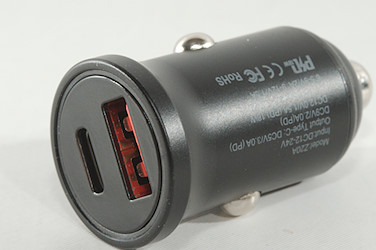
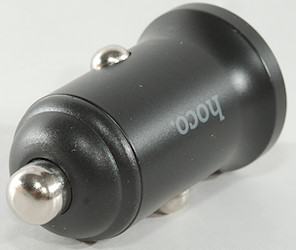
Measurements
- PD codes: 5V 2.39A, 9V 2.15A, 12V 1.51A 5V is marked as 3A on the charger
- PD outputs starts enabled.
- PD output is auto code with DCP, Apple 2.4A, Samsung, QC3, Samsung-AFC, Huawei-FCP, Huawei-SCP
- QC output is auto detect with DCP, Apple 2.4, QC3, PE2.0, Huwai-FCP, Huwai-SCP, Samsung-AFC
- Minimum QC3 voltage is 5.0V QC3 is supposed to be lower than that
- Power consumption is 7mA from 12V and 5mA from 24V
The charger has many different output voltages and with input support up to 24V this makes for many combinations, I have tested many of them, but will not show all here.
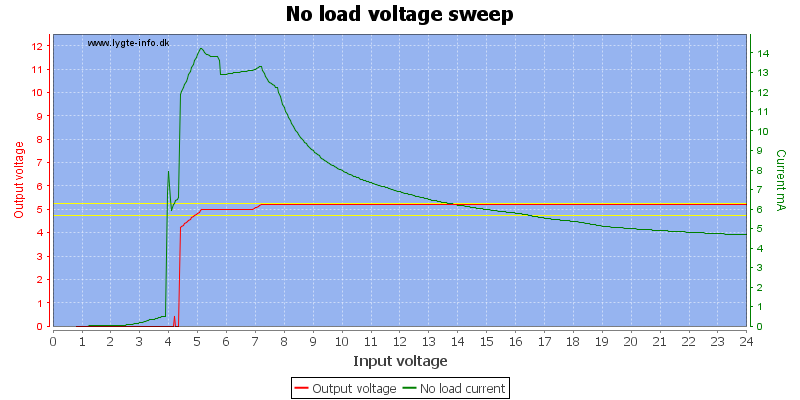
Power consumption when noting is connected to output depends on input voltage.
QC output
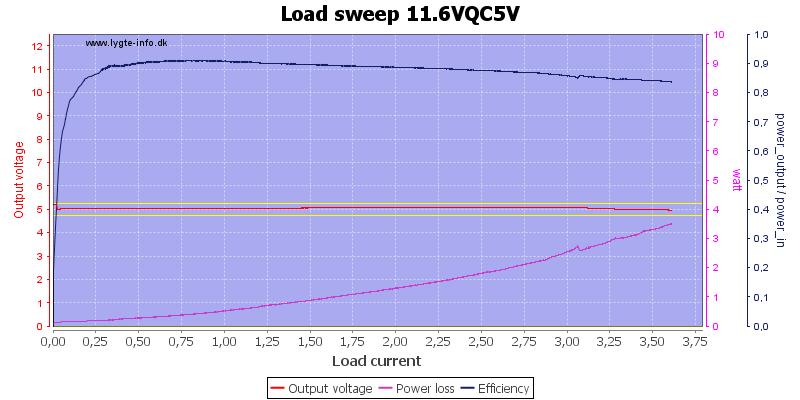
5V output with low input voltage, this looks good up to about 3.6A
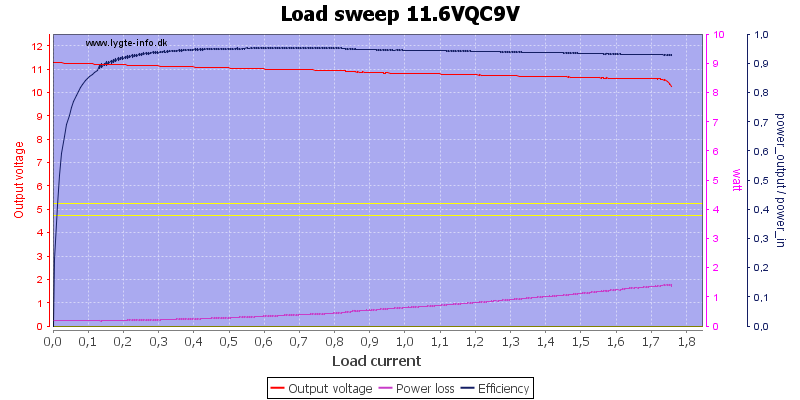
9V output, again with low input voltage, the output can deliver about 1.7A, rating is 2A or 1.5A (It has both ratings)
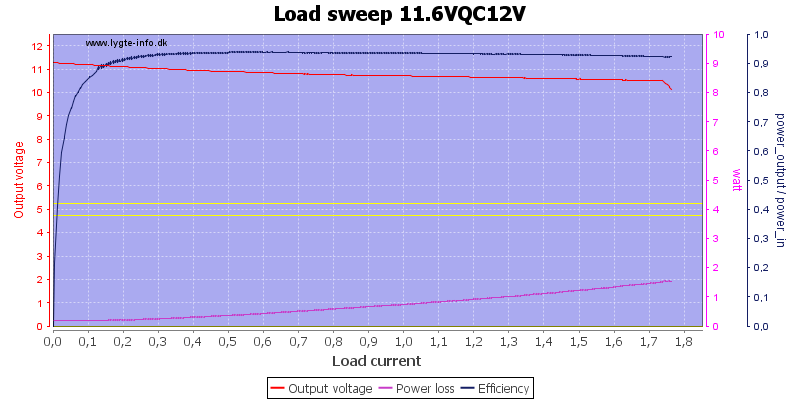
12V output with low input voltage is a bit problematic (This is the same on just about any car charger), it gets nearly up to 1.7A before it drops, this is fine for a 1.5A rated output.
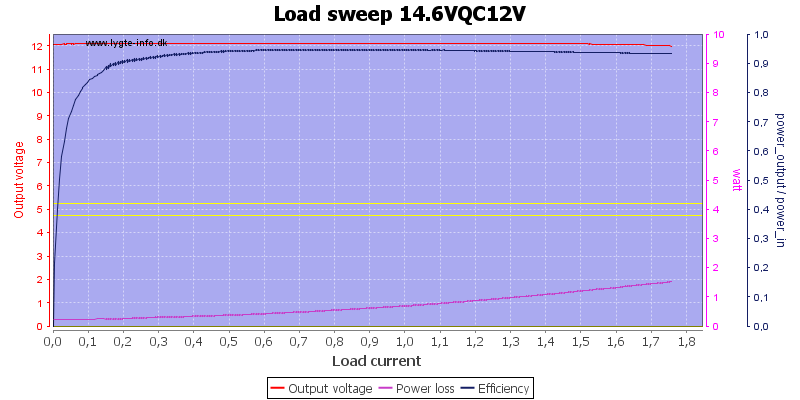
12V output with high input voltage can deliver exactly 1.7A with stable output voltage.
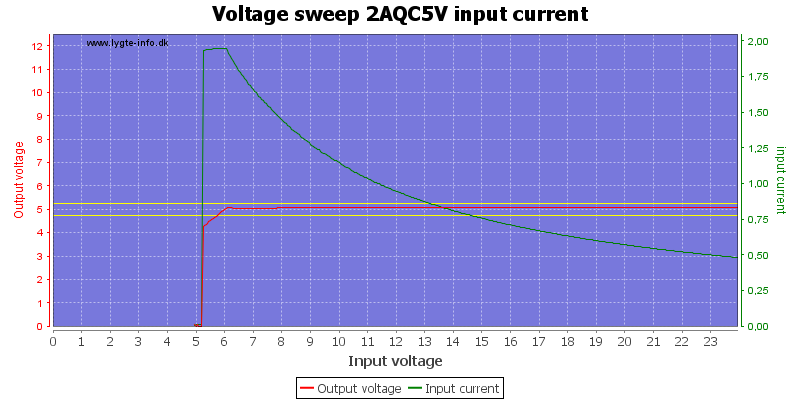
In this curve I sweep voltage from 24V and down with a output load of 2A.
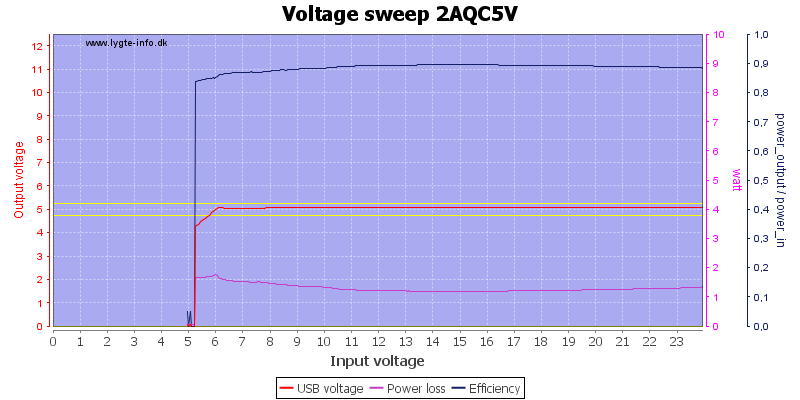
The 5V output is stable down to about 6V input.
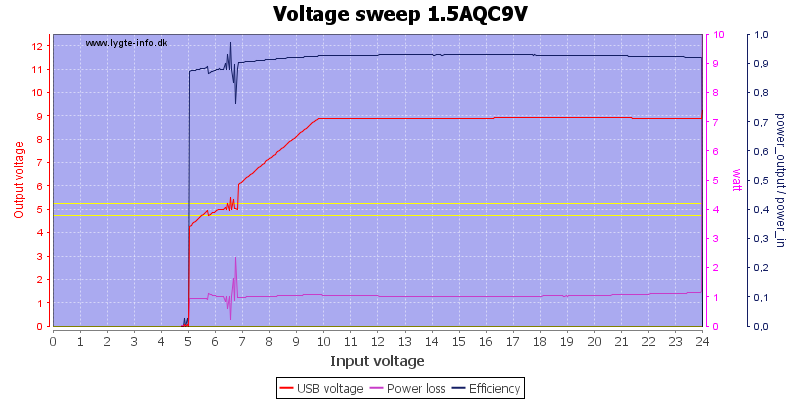
9V output can be maintained down to about 10V input with a 1.5A load

12V output works down to about 13V with 1A load, I could not get it started at 24V input with 1.5A load.
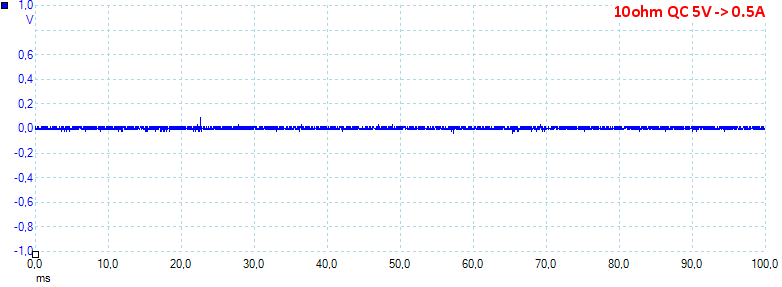
At 5V 0.5A the noise is 8mV rms and 117mVpp
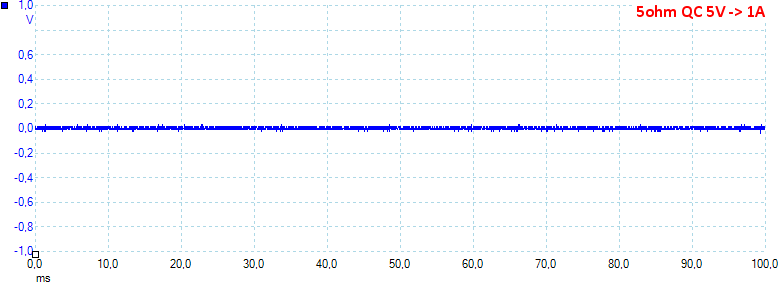
At 5V 1A the noise is 13mV rms and 118mVpp
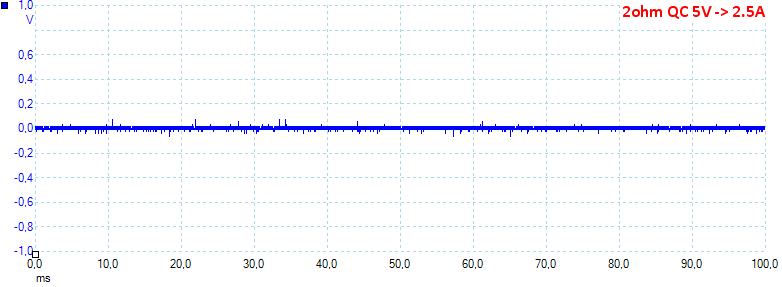
At 5V 2.5A the noise is 12mV rms and 136mVpp.
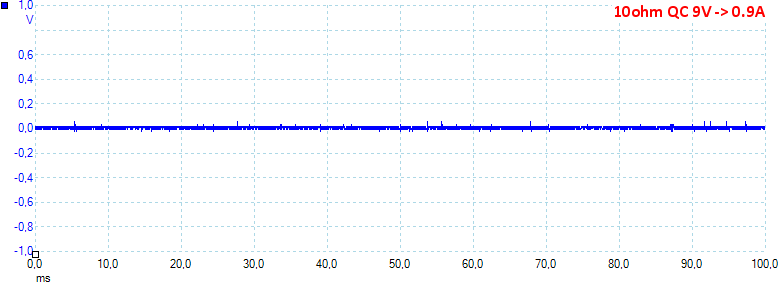
At 9V 0.9A the noise is 13mV rms and 111mVpp
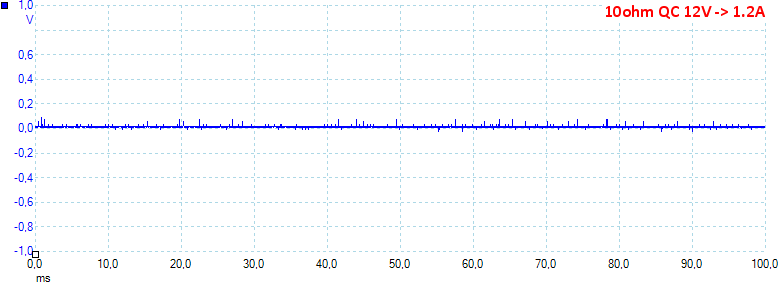
At 12V 1.2A the noise is 17mV rms and 230mVpp, generally very low noise.
PD output
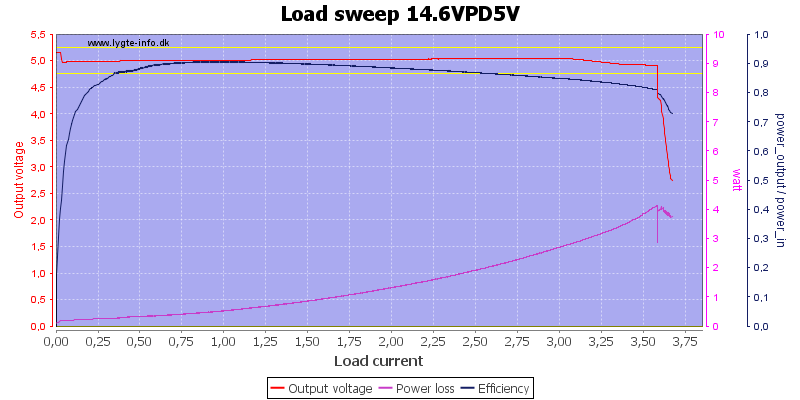
USB-C PD with 5V output and high input voltage can deliver about 3.5A
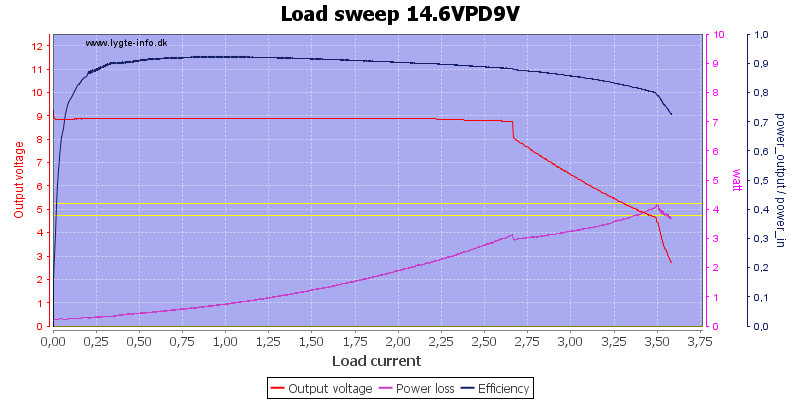
At 9V the output is limited to a bit above 2.6A

12V can deliver 1.7A
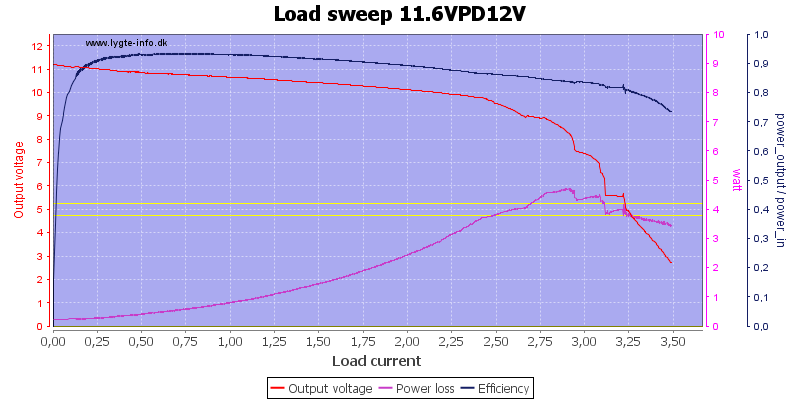
12V output with low input voltage, the output voltage sags at higher current, but handles the rated 1.5A fairly well (About 10.5V).
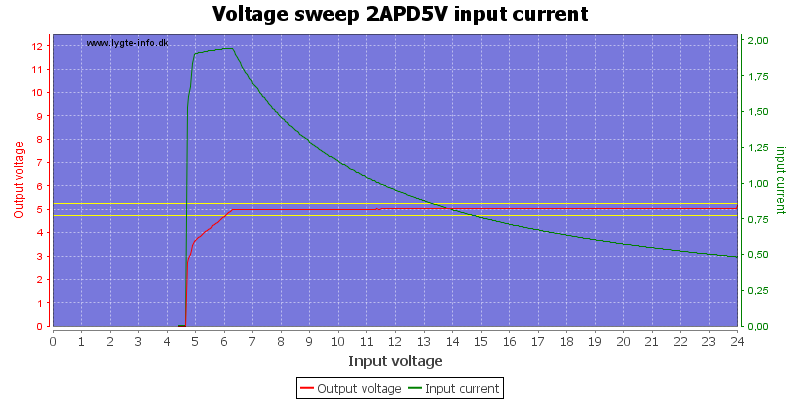

5V with 2A load works down to about 6V.
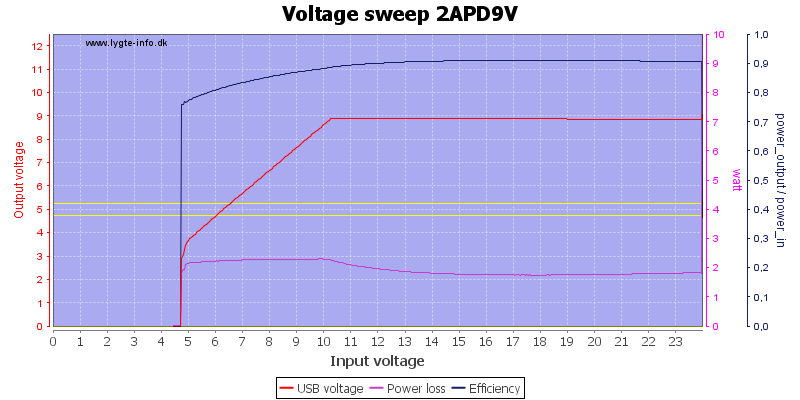
9V output works down to about 10V with 2A output.
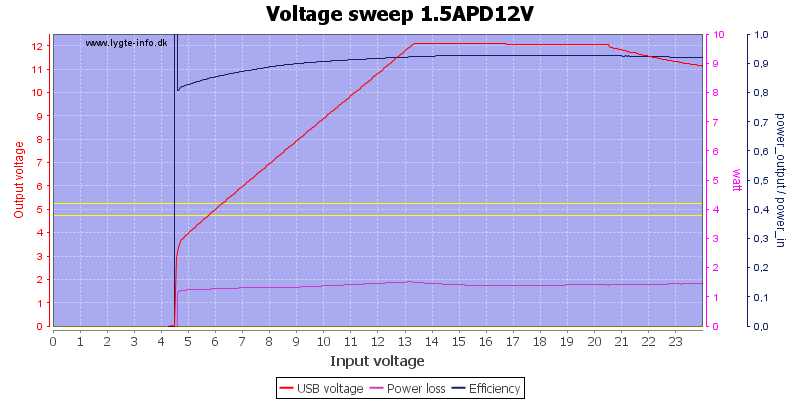
12V works down to about 13V, but do not maintain 12V output with 24V input.

At 5V 0.5A the noise is 7mV rms and 191mVpp
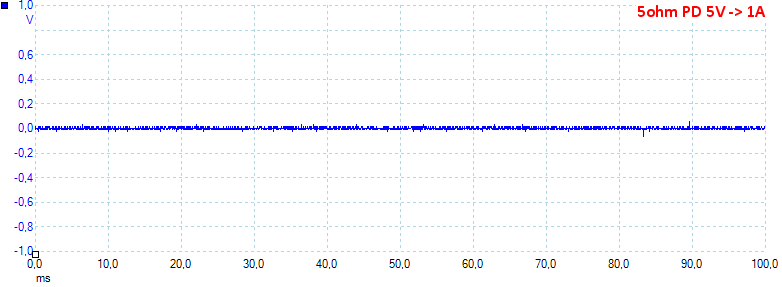
At 5V 1A the noise is 10mV rms and 205mVpp
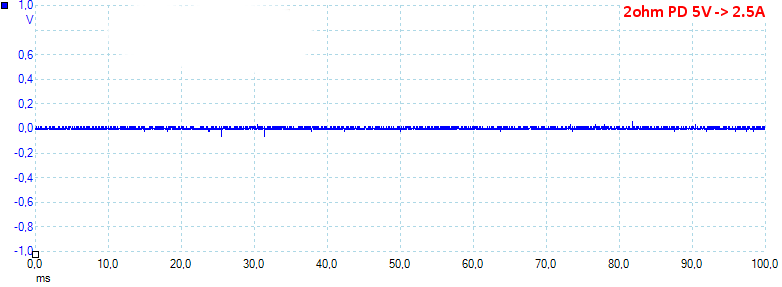
At 5V 2.5A the noise is 7mV rms and 143mVpp

At 9V 0.9A the noise is 11mV rms and 207mVpp
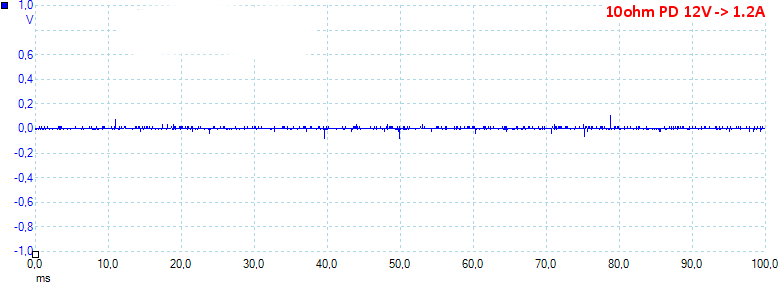
At 12V 1.2A the noise is 12mV rms and 214mVpp, PD do also have very low noise.
Full load
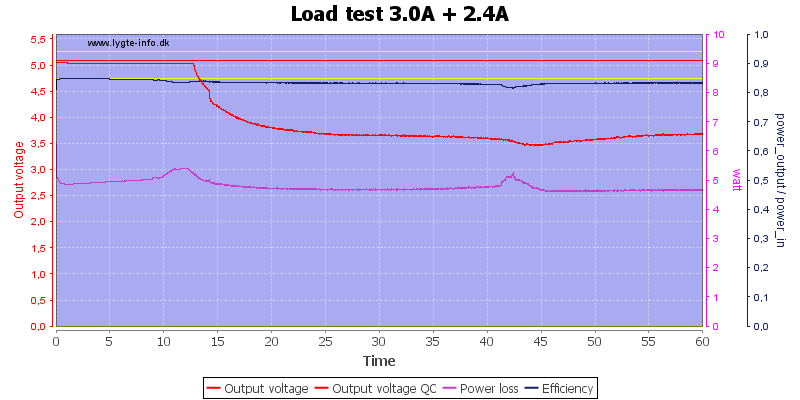
Loading both outputs with rated load did not work for long, the PD output reduced the output voltage, probably due to heat.

Reducing the PD load to 2.4A fixed that, here I could run for 1 hour.
The temperature photo below are taken between 30 minutes and 60 minutes into the one hour test.
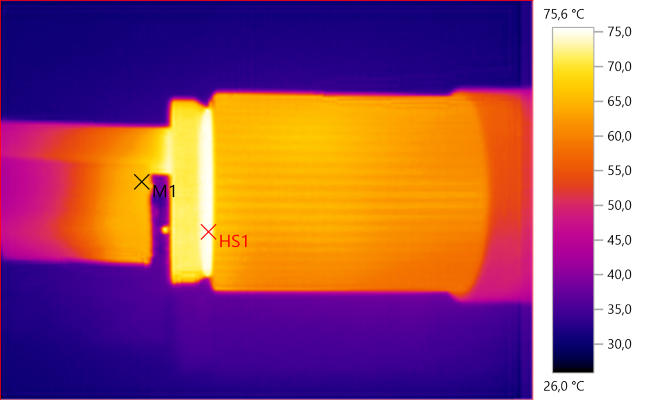
M1: 65.8°C, HS1: 75.6°C
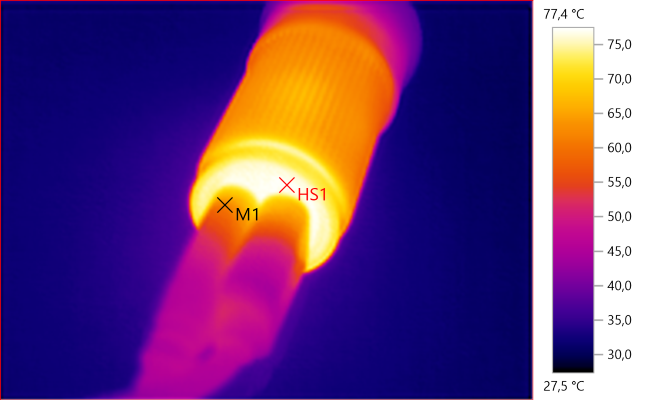
M1: 61.7°C, HS1: 77.4°C
The charger gets rather warm, performance will depend on how well the socket can cool it.
Tear down
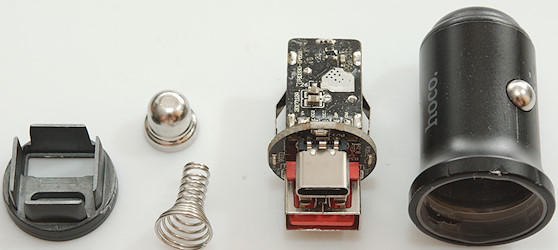
Both the enclosure and the front is in metal.
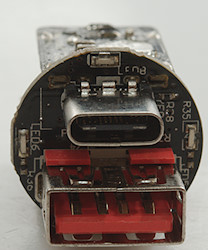
The front has the two usb connectors and a LED
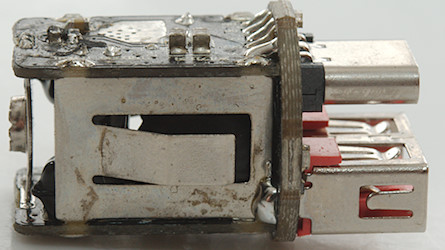
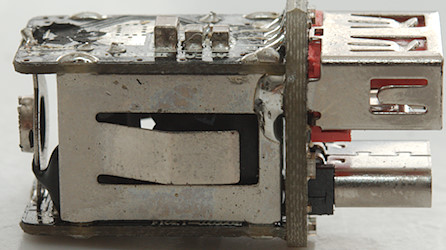
The sides is for 0V power connection.
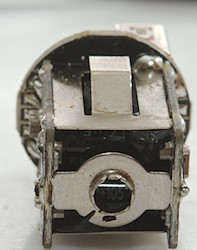
The bottom is for 12V power connection.
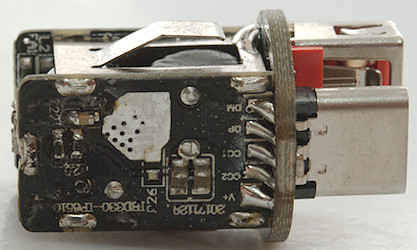
On the side with the USB-C connector is the PD circuit.
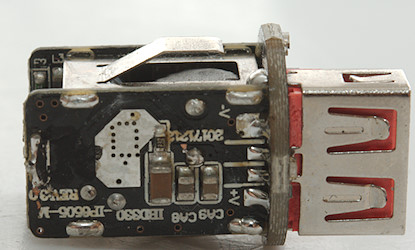
And on the side with the normal USB connector is the QC circuit.

Getting inside the electronic circuit required a bit of violence, the circuit boards are both soldered and (weakly) glued together.
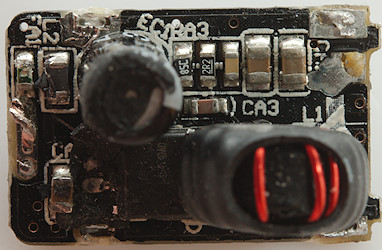
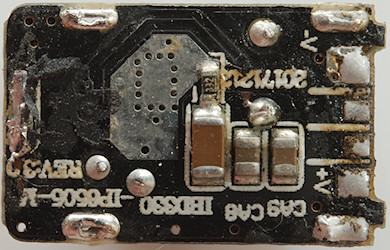
The QC output is one chip, one inductor and a large capacitor. There is also a few supporting capacitors and resistors.
At the current input is a fuse and a smd ferrite working as an inductor, they got damaged when I took it apart.
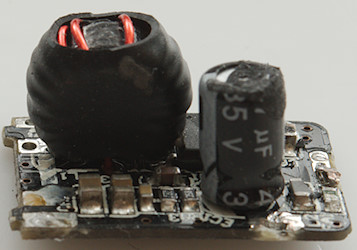
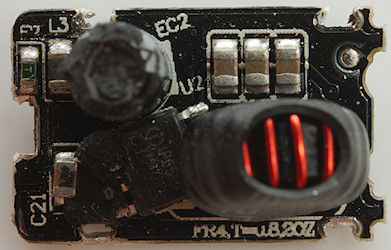
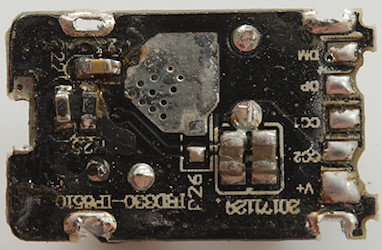
Again it is a very simple circuit and very similar to the QC circuit, but this time for PD (U2: IP6510).
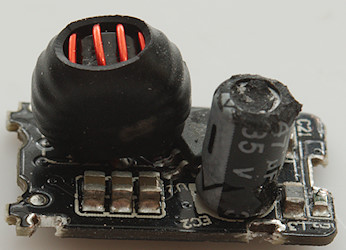
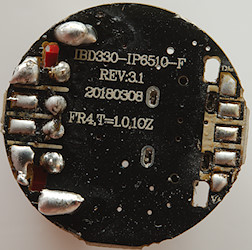
Being a 12V device there is no need to test with high voltages.
Conclusion
This car charger works fine on both PD and QC output, as expected for a charger without boost converter the 12V mode voltage will depend on the input voltage, this charger has a fairly low voltage drop. The QC output has automatic coding with a lot of modes, making the charger work with many different phones. The noise is low. The charger has some problems with 24V.
I will call it a fairly good charger.
Notes
Index of all tested USB power supplies/chargers
Read more about how I test USB power supplies/charger
























































